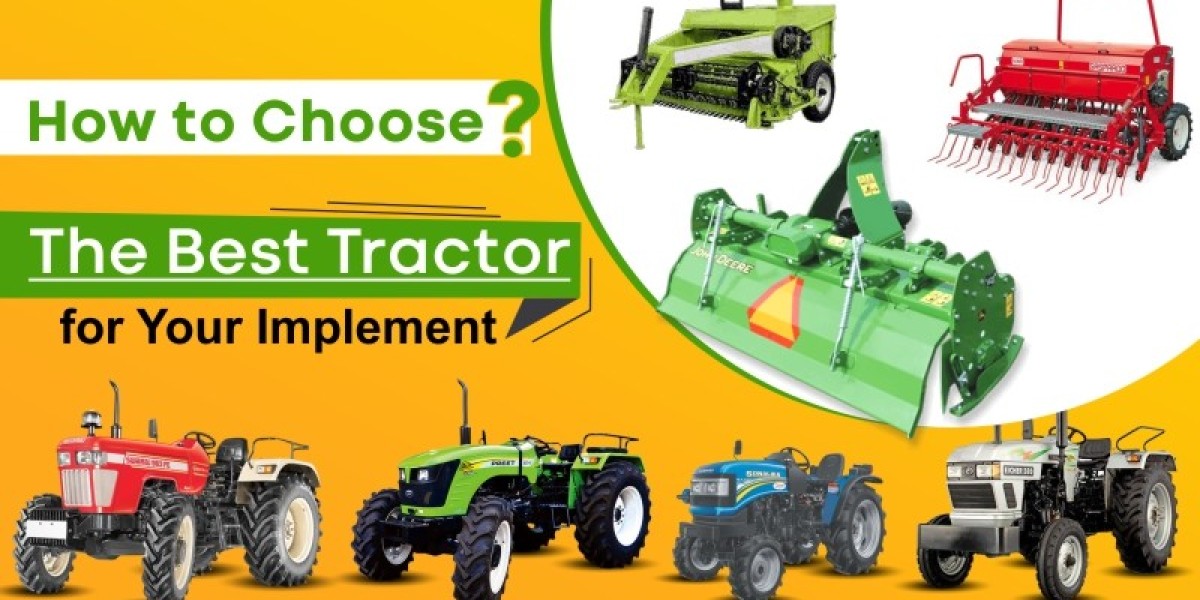Agriculture in India is not just a profession; it's a way of life for millions. With over 60% of the population dependent on agriculture for their livelihood, the sector plays a crucial role in the country's economy. To meet the growing demands of a burgeoning population, farmers are increasingly turning to modern agricultural implements to improve productivity and efficiency.
Traditional vs. Modern Implements
Traditional methods of farming in India have long relied on manual labor and rudimentary tools. However, the advent of modern agricultural implements has revolutionized the sector, making farming more efficient, cost-effective, and less labor-intensive. These modern implements range from simple hand tools to complex machinery, each designed to perform specific tasks, such as tilling, sowing, and harvesting, with greater precision and speed.
Types of Agricultural Implements
- Tractors: Tractors are the backbone of modern agriculture in India. They are used for various purposes, including plowing, tilling, planting, and transporting agricultural inputs and outputs. The introduction of tractors has significantly reduced the time and effort required for these tasks, allowing farmers to cover larger areas in less time.
- Harvesters: Harvesters are machines used to harvest crops such as wheat, rice, and sugarcane. They are equipped with cutting blades and threshers, which separate the grains from the stalks, saving farmers valuable time and labor. In recent years, the demand for harvesters has increased, especially during the harvest season, when manual labor is in short supply.
- Plows: Plows are used to prepare the soil for planting by breaking up the ground and turning over the soil. Traditional plows were drawn by animals, but modern plows are attached to tractors, making them more efficient and easier to use. They come in various types, such as moldboard plows, disc plows, and chisel plows, each suited to different soil conditions and farming practices.
- Seed Drills: Seed drills are machines used to sow seeds in the soil at a uniform depth and spacing. This ensures optimal seed placement, leading to better germination and crop yields. Seed drills can be operated manually or attached to tractors for larger-scale operations, making them an essential tool for modern farming.
- Sprayers: Sprayers are used to apply pesticides, fertilizers, and herbicides to crops. They come in various types, such as backpack sprayers, knapsack sprayers, and tractor-mounted sprayers, each suited to different farm sizes and spraying needs. Sprayers help farmers protect their crops from pests and diseases while ensuring the optimal use of inputs.
- Threshers: Threshers are machines used to separate grains from the harvested crop. They are available in different sizes and capacities, making them suitable for small-scale as well as large-scale farming operations. Threshers help farmers save time and labor, especially during the busy harvest season.
- Cultivators: Cultivators are used to weed, aerate, and loosen the soil around the crops. They come in various sizes and configurations, including hand-held cultivators for small plots and tractor-mounted cultivators for larger fields. Cultivators help improve soil health and crop growth by ensuring proper soil aeration and moisture retention.
Benefits of Modern Agricultural Implements
The adoption of modern agricultural implements has brought about several benefits for Indian farmers:
- Increased Productivity: Modern implements help farmers complete tasks faster and more efficiently, leading to increased productivity and higher crop yields.
- Cost-Effectiveness: While the initial investment in modern implements may be high, the long-term cost savings in terms of labor and time make them a cost-effective option for farmers.
- Labor Savings: Modern implements reduce the need for manual labor, which is becoming increasingly scarce and expensive in rural India.
- Precision Farming: Modern implements allow for precision farming practices, such as controlled irrigation, fertilization, and pest control, leading to optimal resource use and minimal environmental impact.
- Time Savings: With modern implements, farmers can complete tasks in a fraction of the time it would take using traditional methods, allowing them to focus on other aspects of their farm operations.



